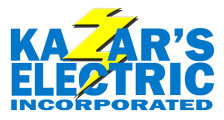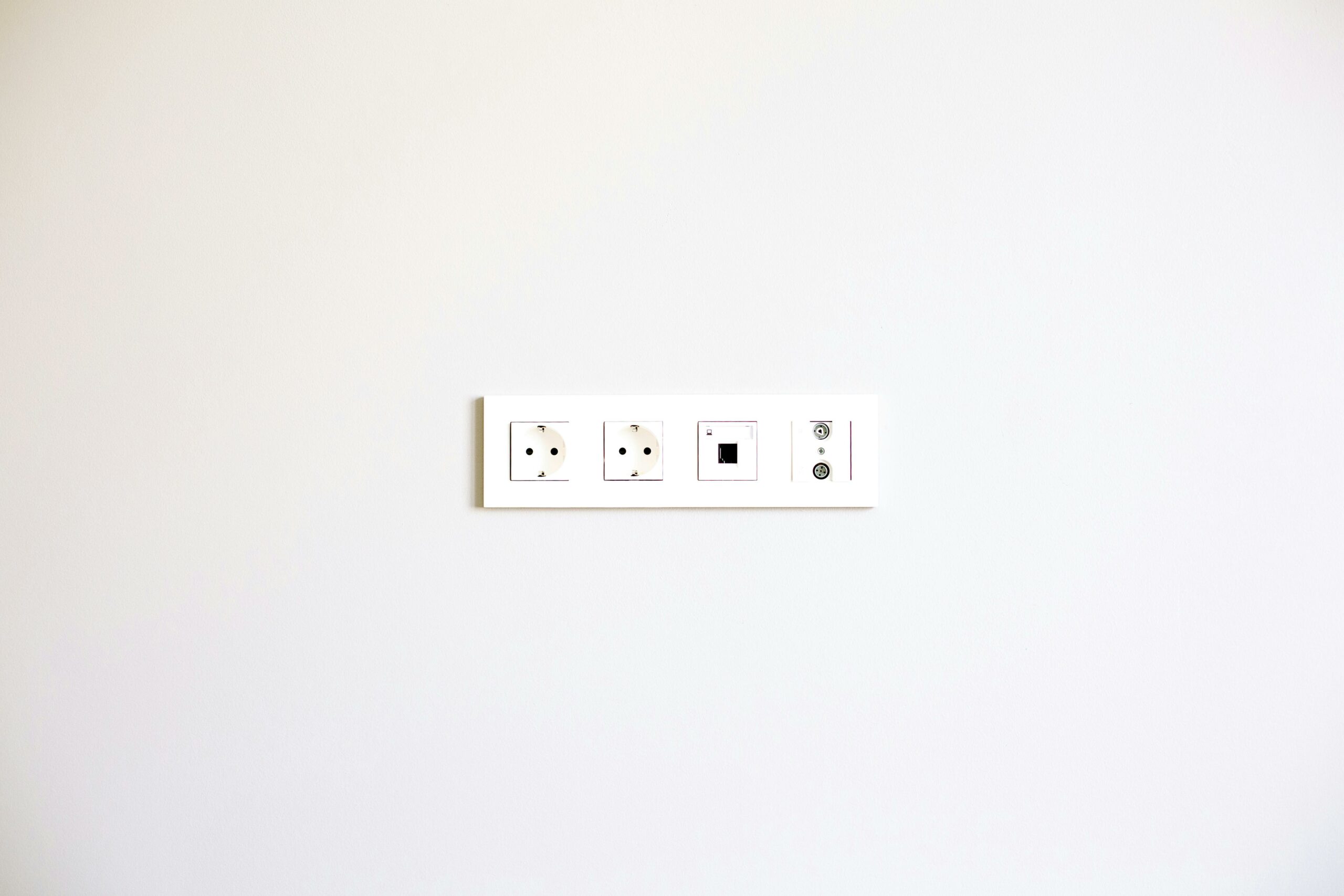An electric outlet may not be the most glamorous part of your life; however, it makes things run smoothly. With so many devices vying for electricity, deciding on the proper outlet is more than just plugging something in. Understanding the different types and their functionalities guarantees your residing space’s safety, performance, and convenience.
Selecting the Right Outlet for Different Areas
The outlet type depends largely on where it is going to be set up. Here’s a breakdown of a few commonplace locations and their ideal outlet configurations:
- Living Areas and Bedrooms: In these dry regions, popular 15-amp retailers are sufficient for powering lamps, TVs, and chargers.
- Kitchens and Bathrooms: Due to the presence of water, these spaces require a Ground Fault Circuit Interrupter (GFCI). GFCIs have incorporated protection that cuts off power in the event of a floor fault, thus preventing electrical shock.
- Laundry Rooms and Basements: Similar to kitchens and washrooms, GFCI outlets are encouraged in laundry rooms and basements because of their ability to get moisture from washing machines and ground drains.
- Garages and Workshops: Consider retailers with weatherproof enclosures for these areas, in particular, if they’re exposed to dirt or occasional water splashes.
- High-Power Appliances: Appliances like dryers, ovens, and a few high-powered electronics require outlets rated for 20 amps or higher. They have a T-formed slot configuration to address the extra grounding prong.
When unsure about the amperage requirements of a specific appliance, seek advice from the consumer manual or look for a label on the device itself.
Additional Outlet Features
Modern retailers have functionalities beyond the standard plug-and-play. Here are some capabilities to take into account:
Tamper-Resistant Outlets
They have built-in shutters that block access to the slots unless a plug with both prongs is inserted concurrently. This protection feature is mainly important in homes with younger children.
USB Charging Outlets
These integrate USB ports along the standard plug slots, permitting you to conveniently rate your telephone or different devices without having a separate adapter.
Rotating Outlets
You can flip them into exclusive orientations, imparting greater flexibility in tight areas or at the back of furnishings.
Important Considerations When Choosing Outlets
Electrical protection should never be compromised. Here are a few key takeaways:
- Matching Circuit Capacity: You must make certain the outlet’s amperage rating corresponds to the circuit breaker amperage on your electrical panel. If you operate a higher-rated outlet on a lower-rated circuit, it could cause overloading and capacity hearth hazards.
- Never Overload Outlets: Avoid plugging in too many appliances to a single outlet. This can overload the circuit and pose a fireplace risk.
- Inspect Outlets Regularly: Look for symptoms of wear and tear, including free plugs, discoloration, or sparking. Replace the damaged outlets right away.
- Don’t Force Plugs: If a plug does not match snugly, do not force it. This can harm the opening and create a disruption.
- Consult a Qualified Electrician: If you are unsure about electric paintings or have any worries about the outlets, consult a licensed electrician. They can help you with their experience and expertise.
Power up your peace of mind with Kazar’s Electric Inc! Our licensed electricians ensure the safety and efficiency of your home’s electrical system. From outlet installation to repairs, we’re here to keep your home running smoothly. Contact us today to request a quote.

